|
By: Daniel D. Wright
Patenting in the fog of unknowns
Application disclosure requires a certain level of specificity and scope restraint to satisfy Written Description and Enablement requirements, but rarely is the route from prototype to product a clear and straight line. Especially in biotech, R&D can take you all over the map, and the full picture develops slowly as the data amasses and candidates rise and fall in favor.
In our previous post on provisional patent applications, we explored the valuable flexibility of provisional applications but described the dangers of being too casual with the disclosure. A related concern stalks patent applications at all stages of prosecution – provisional or otherwise. When does imagination and, more insidiously, hindsight overreach the due scope of your application?
Disclosure Requirements
The Written Description and Enablement requirements, both encoded into 35 U.S.C. 112(a), establish the legal basis for your application’s disclosure, and therefore, what justly can be claimed. As two separate requirements with two different motivations:
Satisfying Both Requirements: Live Together, Die Alone
Though closely related, you can meet or fail these rules independently. Stating what the invention is with no context or instruction meets the written description requirement but fails the enablement requirement, and providing a laundry list of techniques and options for its construction or use without ever clearly stating what the invention is meets the enablement requirement but falls short of the written description requirement.
IRL: Business Demand v. Available Data
In chemical and pharmaceutical patents, it’s easy to outpace your own invention and run afoul of one or both of these rules. The story normally goes like this. In the early stages of a drug program, the business demand for IP outpaces the collected data. You might have a vague molecular scaffold in mind, but the present data availability is not sufficiently clear to know the boundaries of what’s viable, let alone what specific groups or variants will yield your lead candidate. Considering the ease of imagining all the possible variables, you might try to stretch those variable positions to be maximally inclusive beyond the reasonable scope of your data.
Hindsight is (like the year) 2020
This can facilitate the temptation to “figure it out later” and to argue that as long as all the broad terms (e.g., alkyl, heteroalkyl, etc.) are in there, you can narrow it to the valuable bits by piecemeal selection in prosecution when you have had more time to collect more data. At the end of that road, though, you’ll often find that this hindsight-fueled strategy often breaks one or both of these requirements.
Lesson from the Courts
Novozymes: A cautionary tale of disclosure scope
Novozymes A/S v. DuPont Nutrition Biosciences APS, No. 12-1433 (Fed. Cir. July 22, 2013) shows an instance of clearly overrunning the mark. Novozymes had filed an application outlining numerous possible variants of alpha-amylases derived from genus Bacillus bacteria with the variants purported to exhibit improved stability at industrially relevant conditions. The application lists seven parent enzymes with extensive mutations possible at one or more of thirty-three positions. Considering the tremendous breadth of possibility described and lack of commensurate data, Novozymes ultimately failed to acquire a patent in their first efforts during prosecution, encountering difficulties with both the enablement and written description requirements. If at first you don’t succeed... Meanwhile, DuPont successfully engineered a modified alpha-amylase having superior stability under the desired conditions and secured it with a patent. Upon noting that DuPont’s site of mutation was among the thirty-three listed in their own disclosure (although an express mention of the specific mutation was not), Novozymes filed a continuation application with new claims directed to that class of variants, thereby covering the specific enzyme of DuPont. This time, they succeeded in acquiring a patent and soon filed an infringement suit against DuPont. Just cause the PTO says... Before the court, DuPont pressed hard on their written description and enablement weak points. They demonstrated that in addition to the absurd wealth of possible embodiments, Novozyme’s disclosure contained no successful embodiment of the claimed class of enzymes. Siding with Dupont on appeal, the court weighed in heavily against Novozymes’s hindsight-informed approach: Taking each claim … as an integrated whole rather than as a collection of independent limitations, one searches the [application] in vain for the disclosure of even a single species that falls within the claims or for any “blaze marks” that would lead an ordinarily skilled investigator toward such a species among a slew of competing possibilities. “Working backward from a knowledge of [the claims], that is by hindsight,” Novozymes seeks to derive written description support from an amalgam of disclosures plucked selectively from the [application].
Although the USPTO is comparatively generous with revised or new claim language, your claims must still reflect a singular invention, duly described and present from the start. Thus, when you file a patent application, provisional or otherwise, you must do so seeking a property right for an invention in hand, not one that you’ll divine later.
When you file a patent application, provisional or otherwise, you must do so seeking a property right for an invention in hand, not one that you’ll divine later. The Constraint Takeaway
R&D often takes you to wild places not apparent at the start of the journey when you filed your first application, and it can be tempting to try to shoehorn recent developments into established filing dates. Sometimes that might be what you need to do, even with the above risks in mind. However, first consider whether those new revelations can stand on their own as a fresh filing. Since they weren’t expected at the start, they just might be novel and non-obvious enough to stand over your previous work, earning you a new patent term. To this end, take care to structure and schedule your applications accordingly so that each advancement of your tech is given the due space and support it needs, as broadly or narrowly as it deserves. Hindsight is seldom your friend in these matters.
1 Comment
By: Josh Sloat The Midwest Growth Capital Symposium and InvestMidwest present the Midwest Venture ShowcaseThe showcase is back April 27th and 28th for its second installment with 60-70 pre-selected Midwest companies seeking seed, series-A, and series-B funding that span the Life Sciences, Healthcare, Tech, Food/Agriculture, and Energy sectors. Each will be presented to an online audience of investors, entrepreneurs, researchers, and executives. The virtual event will highlight industry trends, expert insights, and growing Midwest companies seeking venture capital investments. Interested in pitching?Application deadline (just extended): February 8, 2021 11:59pm cst
Who can apply?
By: Linzi Kaniszewski
Are cannabis plant innovations patentable?
Despite the gray areas regarding the legality of Cannabis products, scientists began patenting Cannabis formulations and methods in 1999. No matter what your interest is related to Cannabis sp., there is almost always room to patent your Cannabis innovations.
Looking to invent in the area of plant pathology? Interested in the genetic engineering of novel cultivars? Perhaps you are not interested in science at all, but have a really good idea related to improving the growing conditions for Cannabis sativa… Great news inventors! There is likely space for innovation in your area of interest in the Cannabis market. No matter what your interest is related to Cannabis sp., there is almost always room to patent your Cannabis innovations. What is Patentable in the Cannabis Plant Space?
Patentable Ideas in the Cannabis Plant Space
Child safety. This area includes inventions that keep children out of any Cannabis products. Innovation could be partly directed towards biodegradable yet child-proof packaging (see below).
Public safety. One crucial need for public safety is an improved rapid test kit that Cannabis users can use to test their THC consumption level (in mg of THC as one example), as one indicator of their ability to safely drive or operate machinery, for example. Drug safety. We also need inventors that can create rapid test kits to screen for residual pesticides and solvents, in addition to rapid detection kits for pathogens. These inventions would enable Cannabis users or dispensary owners to screen their products for any contamination before selling, purchasing, and ingesting. Biodegradable packaging. As we face climate change, consumers are looking to reduce their environmental footprint by reducing their plastic use. According to 37 CFR 1.102 (advancement of examination), inventions that enhance the quality of our environment and/or preserve the natural resources found in our environment, may be given priority using speedy processing times because of the dire need for those types of inventions. Biopesticides. The same types of plant pathology issues that are occurring with traditional crops are happening in the Cannabis space. Biotechnology. Genetic variants may be patentable. In a publication discussing the Cannabis sativa Versus Cannabis indica debate, Ethan Russo, MD explains that “the presence of the relatively rare terpene in Cannabis, alpha-pinene, can effectively reduce or eliminate the short-term memory impairment classically induced by THC.” This is one example of how genetic information can be utilized when screening genetic profiles of Cannabis cultivars. New extraction methods. Butane hash oil (dabbing) can be dangerous to users for many reasons. Extraction methods often require the use of butane, which can be dangerous to work with based on its chemical properties. Plant breeding. There is always a need for cultivars with disease resistance properties, cultivars with novel profiles, which may include larger buds, more dense buds, etc. when compared with the naturally occurring Cannabis sativa. More efficient growing equipment and methods (including improved propagation methods). Better green energy systems and/or methods involving water distribution systems, drying systems, ventilation systems, irrigation systems are needed – basically anything that preserves natural resources, increases energy efficiency, and/or minimizes pathogen growth. Demand, opportunity, and security
The demand is high (see what we did there?). The white space is huge. And opportunities to protect Cannabis innovations are plenty. The sky's the limit! Ready to file for a patent? What are you waiting for? We’d love to hear from you!
Deeper Explorations
Al-Zouabi, I., Stogner, J. M., Miller, B. L., & Lane, E. S. (2018) Butane hash oil and dabbing: insights into use, amateur production techniques, and potential harm mitigation. Substance abuse and rehabilitation, 9, 91–101. https://doi.org/10.2147/SAR.S135252 Piomelli, D., & Russo, E. B. (2016) The Cannabis sativa Versus Cannabis indica Debate: An Interview with Ethan Russo, MD. Cannabis and cannabinoid research, 1(1), 44–46. https://doi.org/10.1089/can.2015.29003.ebr Punja, Z. K., Collyer, D., Scott, C., Lung, S., Holmes, J., & Sutton, D. (2019) Pathogens and Molds Affecting Production and Quality of Cannabis sativa L. Frontiers in plant science, 10, 1120. https://doi.org/10.3389/fpls.2019.01120 Sorrentino, R., Pergamo, R., Battaglia, V. et al. Characterization and pathogenicity of Fusarium solani causing foot rot on hemp (Cannabis sativa L.) in Southern Italy. J Plant Dis Prot 126, 585–591 (2019). https://doi.org/10.1007/s41348-019-00265-1 June-Wells, M. & Lindback, M. (2019, Nov. 1) Your Guide To Hydrocarbon Extraction; Cannabis Business Times. https://www.cannabisbusinesstimes.com/article/your-guide-to-hydrocarbon-extraction/
By: Josh Sloat
Why do we stink at giving feedback?
Giving feedback is hard … really hard ... because we tend to focus more on the criticism and less on the human receiving it. As a giver of feedback, we must learn to separate these and deliver our message in a more emotionally friendly manner.
Humans are highly emotional creatures and receiving feedback puts us in a highly vulnerable position. If navigated without awareness and sensitivity, feedback often leads to an emotional response. It’s well understood by psychologists that our brain’s emotional muscle is far more dominant than its objective counterpart. Once engaged – especially in a negative manner – any logical, constructive conversation immediately becomes an impossible journey. So, how do we keep the balance tipped to the side of objectivity, logic, and reason? As with most communication, it comes down to focus and framing. Separate the person from the product
We get highly invested in our work. We pour ourselves into it, sometimes at great personal sacrifice. But we are not our work. Our product is not our person. As both givers and receivers of feedback, it can be hard to separate the critique of the work from the critique of the person. And the second we feel personally criticized, we default to going on the defensive. What follows becomes a defense of self, rather than a constructive conversation about iterating on a work product. The person should never be the direct object of the feedback. Instead, the focus should be the work or the product. You’ll immediately lose your audience with “You’ve written some terribly inefficient code”, but end up with a better product and relationship by expressing, “This code could be more efficient with the use of X sorting algorithm”.
We are not our work. Our product is not our person.
Word choice is also critical. Certain words, regardless of their direction, are defense triggers. They come loaded with far too much negative context to ever be used in a constructive conversation. “It’s weird that you x…”, “It’s sloppy to have y…” “It seems lazy to have z…”. Weird. Sloppy. Lazy. That’s all the recipient hears or reads. Anything that follows goes into the mental shredder, and the shields go up. It’s far better to simply suggest alternatives or turn the feedback into a dialog by inquiring why the recipient chose X over Y.
Sell your idea instead of criticizing the original
Rather than focusing your feedback on why the original work was wrong or lacking, instead focus on selling why your idea makes it better. Instead of saying, “It’s odd that you chose to omit x”, instead reframe it and say, “I think your message could be stronger by including y”. In doing this, you’re partnering to make the work product better. Whenever you can, use persuasion over criticism. The result is the same, but it's a more collaborative approach and is far less likely to put the recipient on the defensive.
Ask a question
A close cousin to selling your idea is asking a question. Rather than leading with an assumptive statement, consider asking a question. At worst, you’re correct. At best, you might learn something new. “Have you considered using X approach? I like what you did here, but I am wondering whether X would be more effective for the use case.” You create an immediate opportunity for collaborative communication, improving the situation as a team. Tip: just proceed with some caution on this one – all too easy to accidentally slip in a condescending tone.
Remove yourself from the equation
This is more geared to managerial and mentorship scenarios, but it can also be effective to remove yourself from feedback. When you give feedback like, “Your use of x language was incredibly offensive and rubbed me the wrong way”, you’re inserting yourself directly into the situation, putting the recipient in a position where they will immediately feel like they need to defend their words or actions to you. No growth will follow. It’s far better to side step and say something like, “I just wanted to give you some feedback about a conversation yesterday. Use of words like X can be offensive to some and we’d all be better to be sensitive to that.” Land the point for a better tomorrow, but remove the need to defend in the moment.
Land the point for a better tomorrow, but remove the need to defend in the moment. Be humble
Nobody wants to feel like they’re the only one who’s ever crashed the site or lost a big sale. Again, that isolation breeds emotions that will block what should be a great learning opportunity. Before diving into what went wrong or what should’ve been done differently, first pad with some humility. “Look, we’ve all done this a million times ….”. “Losing a new client after investing that much can be emotionally exhausting. Ask me how I know.” “Crashing the site is pretty much a right of passage …” Shields down. Proceed with growth.
Highlight the positives
Someone just put a lot of energy into breathing a thing into existence, so your initial response shouldn’t be dumping all over it. Always focus first on what’s great about the work. You can’t remove emotion from the situation, but you can make sure that the initial emotions are positive ones, putting the recipient into what will hopefully be a more receptive and creative mood.
Don’t own the feedback
Don’t forget you’re also an emotional creature. Hard as it may be to imagine, you might not be right. Your feedback might not be the answer. You may have overlooked something. Feedback should be a dialog, rather than a monologue. Remember, you’re collaborating to evolve the work product, so don’t get caught up in owning your ideas.
Feedback should be a dialog, rather than a monologue. The Greatest Gift
Feedback can and should be a wonderful gift. It’s ultimately a vehicle for growth and improved execution – a rising tide if you will, but it must be properly focused and framed. This doesn’t come easy for many, it’s highly situationally dependent, and it takes a lot of practice. You’ll surely trip along the way and end up chewing on a foot or two, but the eventual payoffs are worth the investment. Just ask me how I know ;)
By: Josh Sloat We're launching a new series of posts centered around small business matters. As a small business, we’ve come to realize that there’s all of this stuff we need to know and things we have to do that are not core to our business or backgrounds. We’d like to share what we learn along the way, on the off chance it helps one of you. Topics will be pretty diverse, but at a minimum, we’ll talk about leadership, HR, marketing, remote work, and tech.
Recent Posts
By: Alisa McCarthy
Photo by John McArthur on Unsplash
PCT Fees to Foreign Offices
Effective: January 1, 2021
Impact: All receiving offices (ROs) are affected by these PCT fee changes:
Note: The increases also affect US National Phase filing fees. Trademark and TTAB fee changes
Effective: January 2, 2021
Some of the fees are changing on January 2, 2021. See the Summary of FY 2021 Final Trademark Fee Rule for more information.
|
Ashley Sloat, Ph.D.Startups have a unique set of patent strategy needs - so let this blog be a resource to you as you embark on your patent strategy journey. Archives
July 2024
Categories |

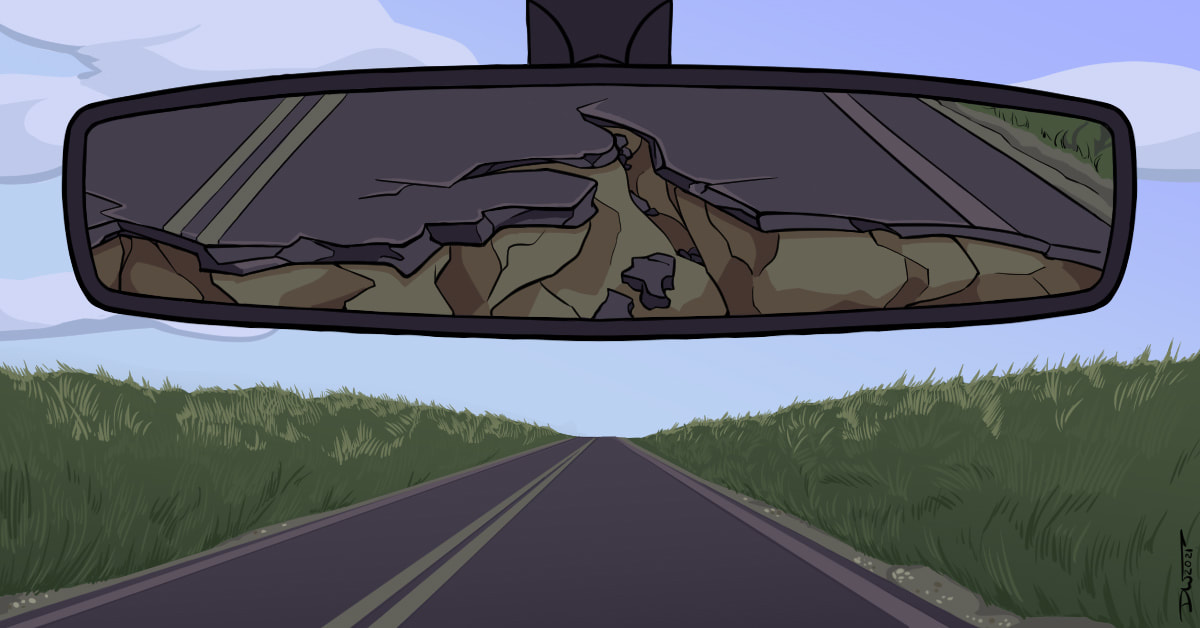
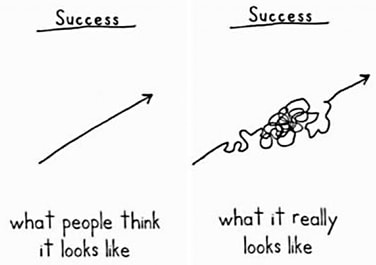
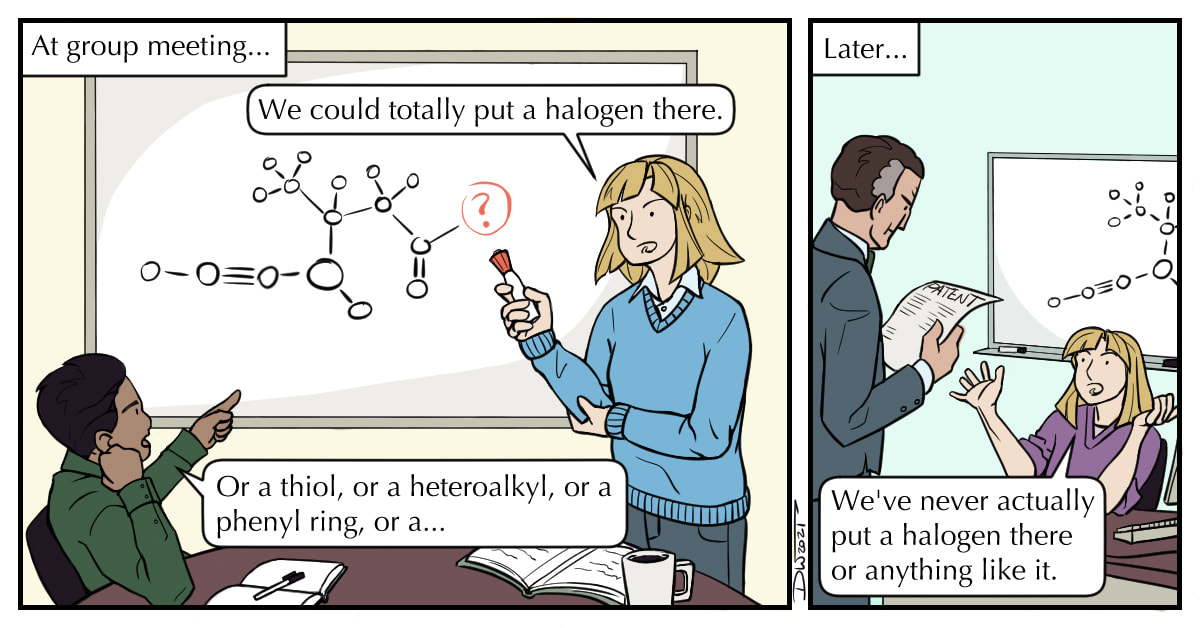
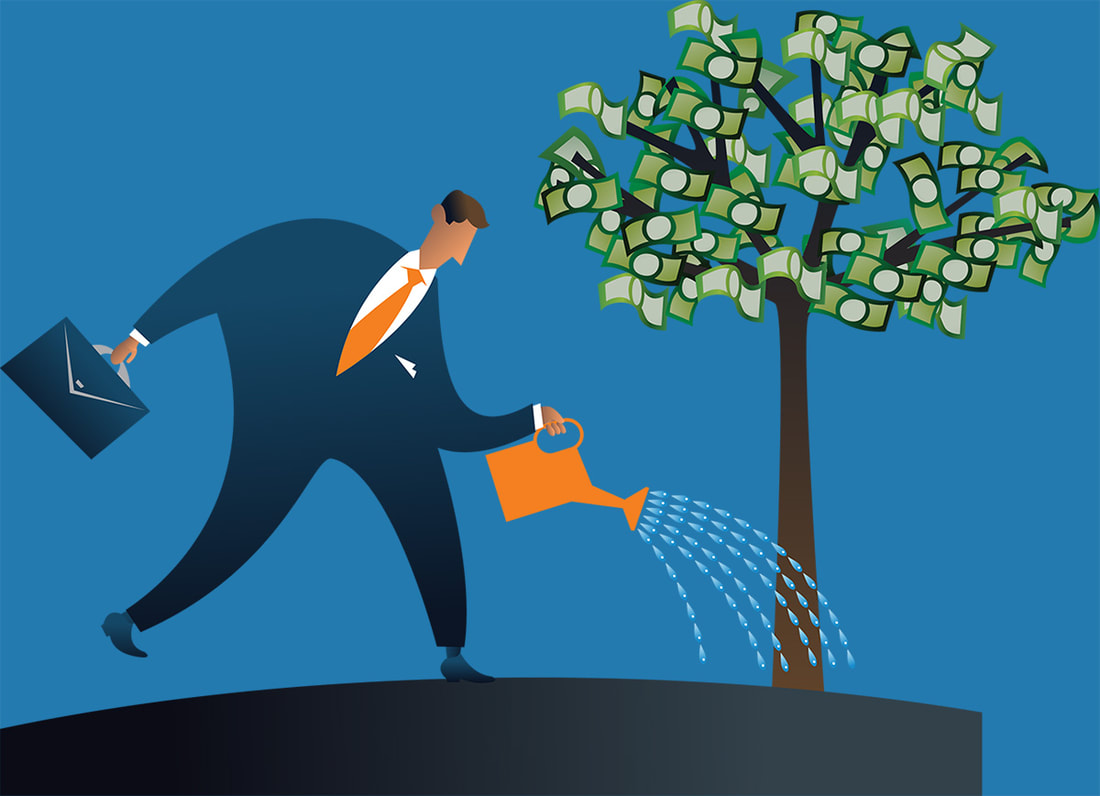
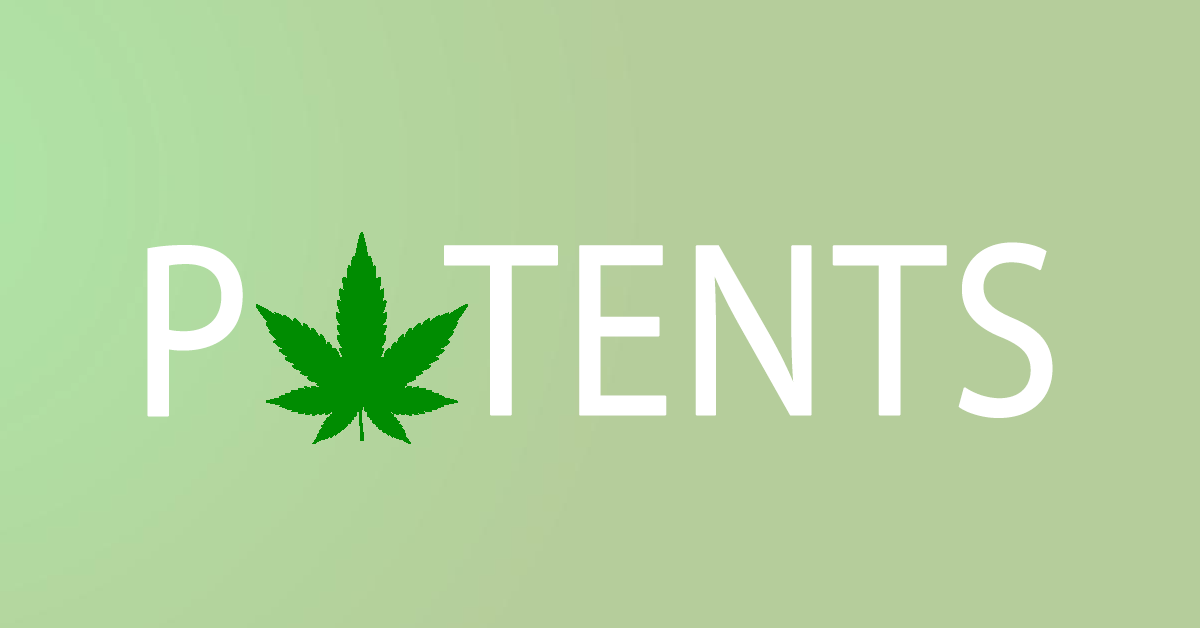
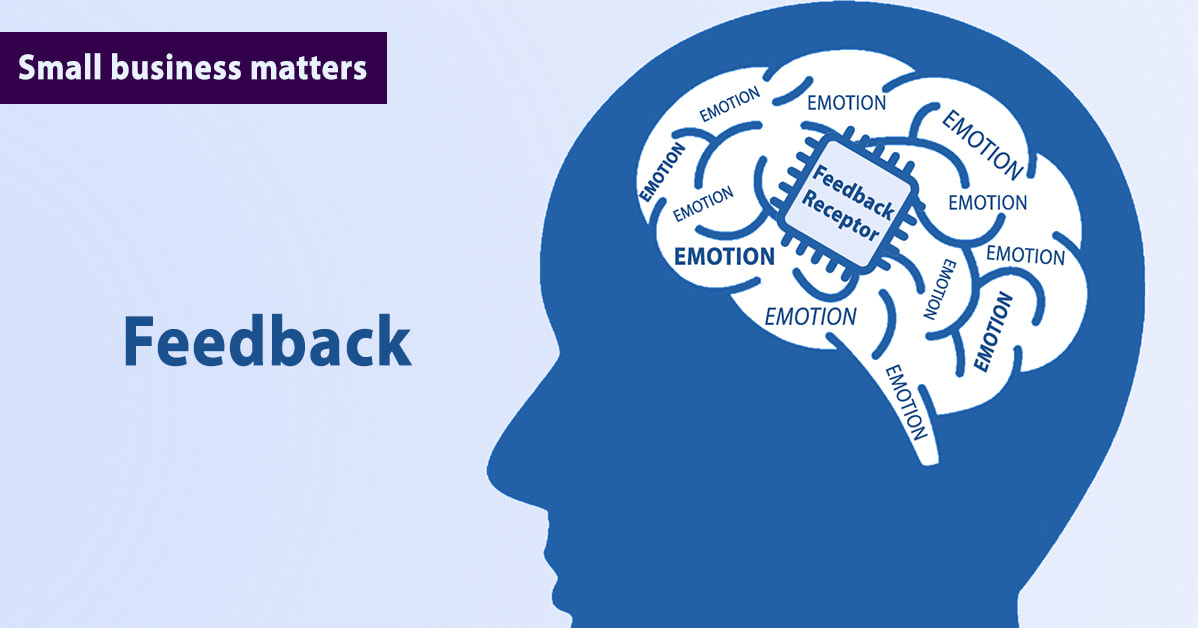

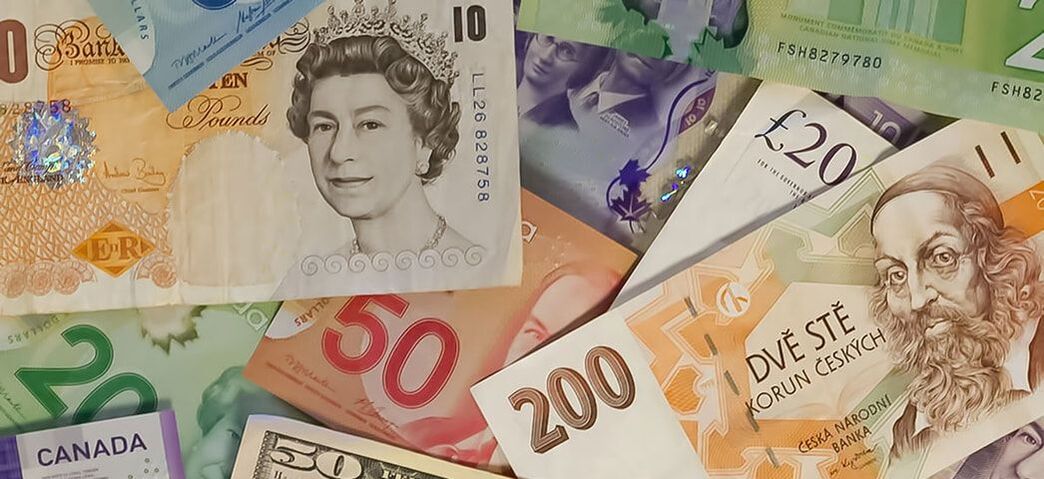
 RSS Feed
RSS Feed